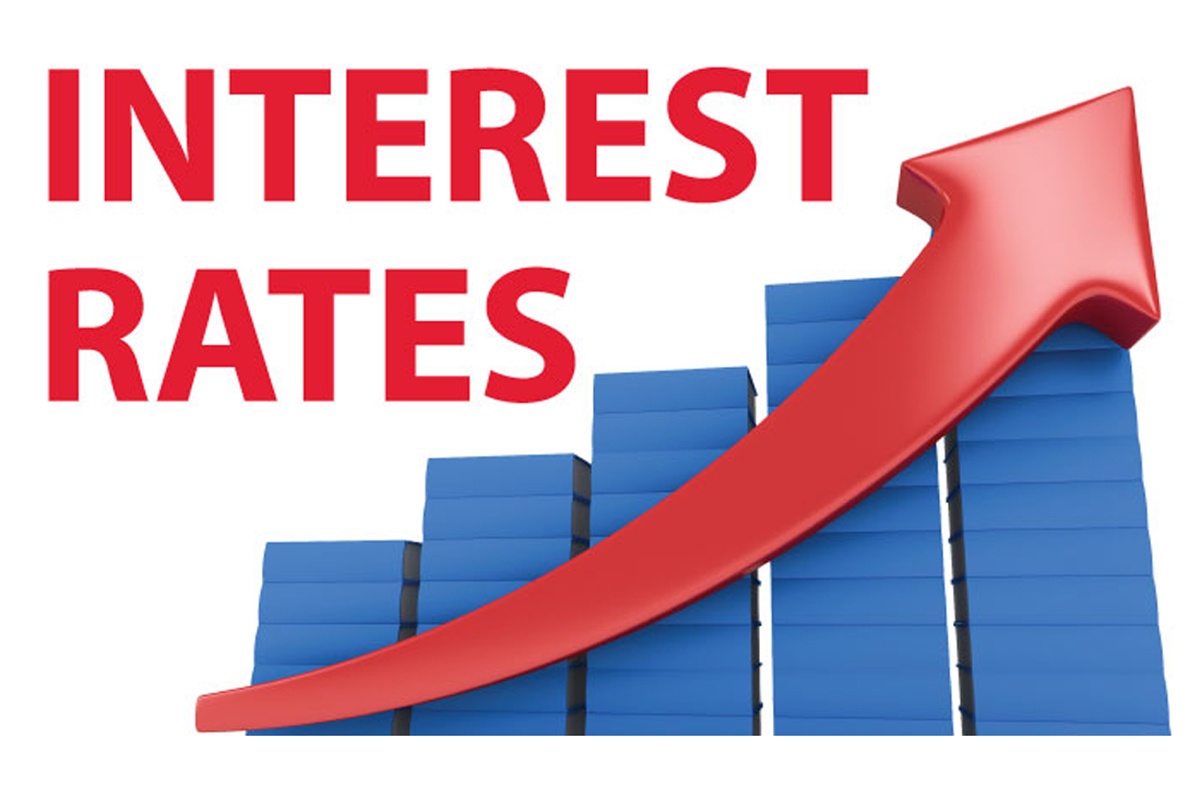Half of U.S. Federal Reserve policymakers are expecting to start raising interest rates next year. They think that the borrowing costs should increase to at least 1% by the end of 2023. The swifter pace of interest rate hikes compared to the central bank‘s last set of projections in June comes as the economy continues its rapid recovery. Policymakers continue to see the Delta variant of the coronavirus. This has dented economic activity.
The Fed kept its benchmark overnight. The new economic projections released alongside the policy statement showed nine of 18 Fed policymakers. They now foresee a liftoff in interest rates next year. At a press conference, Fed Chair Jerome Powell said that the latest set of forecasts showed a growing convergence of views on the rate-setting committee. The economy is pointed to fewer people now seeing rates. Powell said that it is not really an unusually wide array of views about this.
By 2024, the Fed’s quarterly so-called dot plot showed, the median forecast for interest rates was for 1.8%. The Fed estimates neither stimulates nor restricts economic growth. That’s despite policymakers’ forecast for inflation to remain above the Fed’s 2% target through 2024. This is because the central bank grapples with price pressures. Powell has the view that the higher-than-expected inflation is temporary. The acknowledged inflation has confounded many policymakers’ expectations. The median forecast on inflation for this year is 0.8 percentage point to 4.2%.
U.S. gross domestic product at the median is projected to grow 5.9% this year. This is in line with recent downgrades by private forecasters, due to the impact of the Delta variant. Fed policymakers now also see the unemployment rate falling to 4.8% this year, as per the forecasts. Powell stated that some people are writing down very low unemployment rates and that’s only one indicator but it suggests a very strong labor market. He thinks that they are writing down in good faith what they see as meeting the test.






















